
What Is PAH? | Understanding Paradoxical Adipose Hyperplasia Due To CoolSculpting
PAH usually presents as an enlarged bulge in the treatment area, and is firm or dense when compared to surrounding tissue.
CoolSculpting is the world’s leading non-invasive bodysculpting treatment for getting rid of unwanted fat. CoolSculpting is generally safe and patients are typically pleased with their results.
Over the years, there has been increased discussion regarding paradoxical adipose hyperplasia (PAH), a known – but poorly understood – adverse effect of CoolSculpting. PAH is often described as an enlarged, firm, mildly tender “bulge” that appears 3 to 9 months after treatment.
For patients who are considering body contouring treatment with CoolSculpting, it’s important to understand the risks surrounding PAH. We’ll review some of the proposed mechanisms for PAH, the incidence of PAH, and treatment options for correcting PAH.
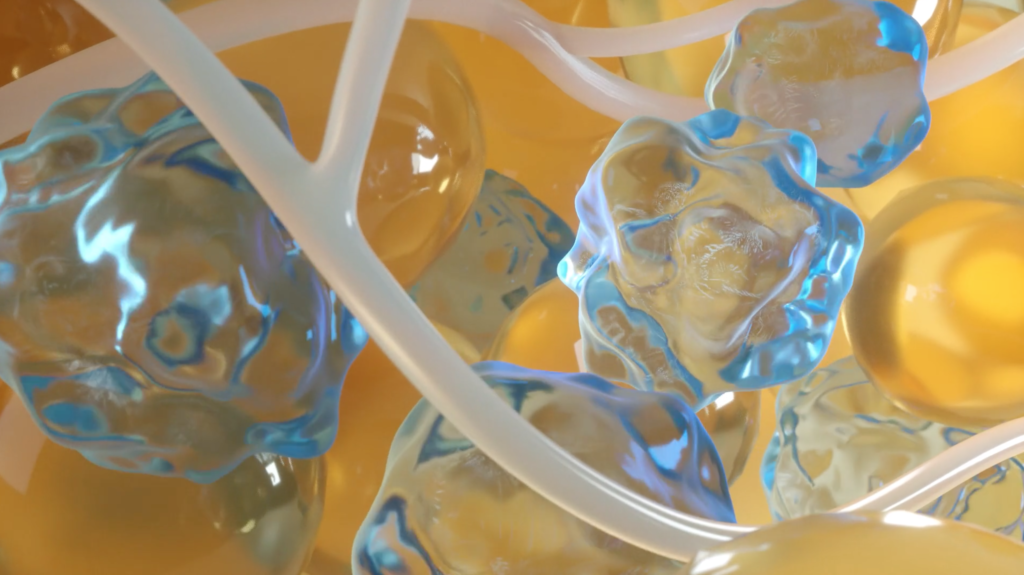
Cryolipolysis, or “fat-freezing”, was discovered over 20 years ago by Harvard researchers who found that when fat cells are frozen, they become crystallized and undergo natural cell death.
Using this idea, Zeltiq Aesthetics developed CoolSculpting, a controlled method for cryolipolysis, receiving FDA clearance in 2010. Treatment areas include the abdomen, flanks, back, bra fat, thighs, banana rolls, underarms and under chin.
During treatment, cooling applicators are placed on stubborn fat areas around the body. The tissue is frozen to -11° to -13°C for extended periods of time. Patients may receive anywhere from 4 to 16+ applicator cycles over the course of multiple treatment sessions.
Peak results are observed at 2-4 months post-treatment as fatty debris and cellular remnants are cleared from the body through the lymphatic system.
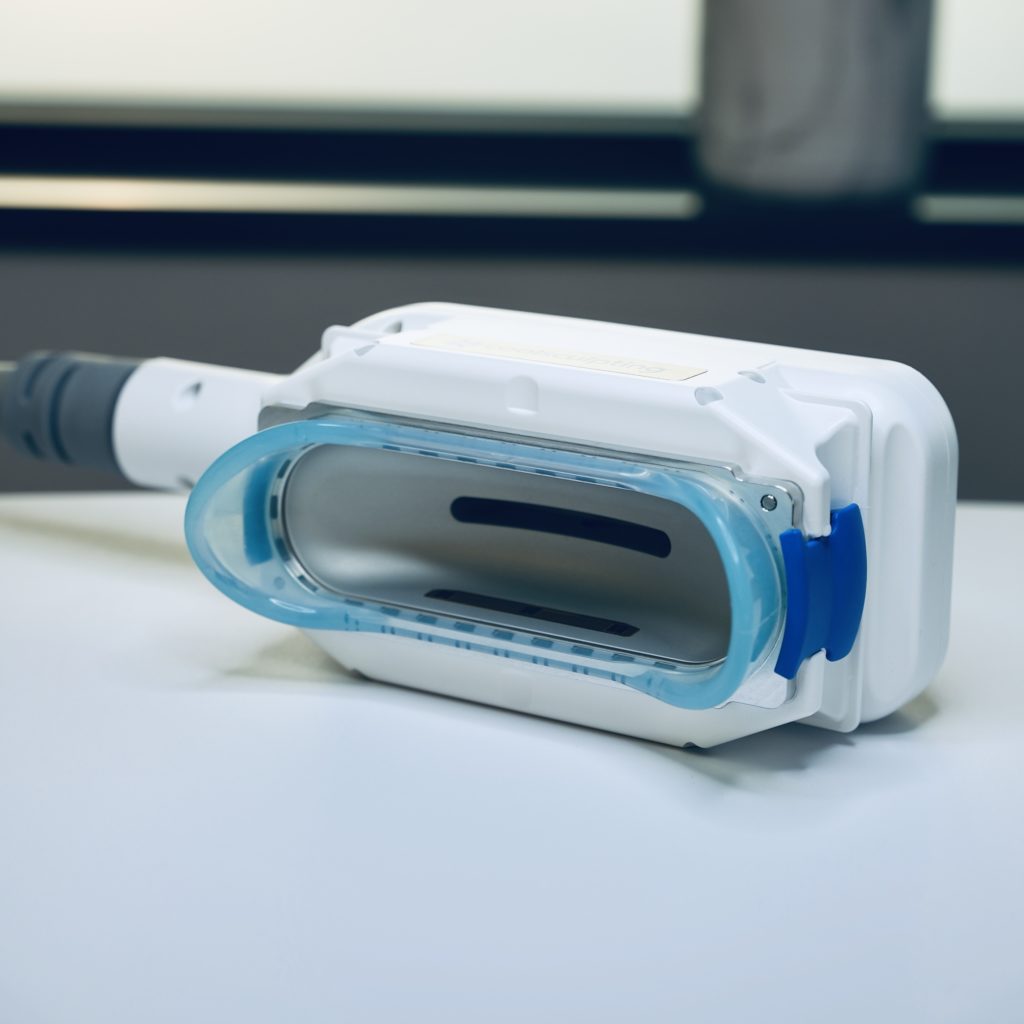
PAH is an uncommon and adverse side effect of cryolipolysis, typically occurring 3 to 9 months after treatment. PAH usually presents as an enlarged bulge in the treatment area, and is firm or dense when compared to surrounding tissue.
The affected area corresponds to where the cooling applicator was placed during treatment. Other treatment areas may or may not be affected simultaneously. PAH may occur after a single treatment session, or after multiple sessions.
The etiology of PAH remains unknown. Examination by microscope shows high variability between specimens. The following have been described in varying or absent degrees:
Researchers have proposed several theories for how PAH develops. One theory is that some fat cells may become “naturally selected” for survival due to their tolerance to cold therapy. These “naturally selected” fat cells may undergo changes in their cell signaling, with altered lipid metabolism and increased accumulation of fat within cells.
It’s known that cooling of fat cells may lead to hypoxic injury and angiogenesis. Cooling of fat cells without cell rupture could lead to increased vascularity, rebound thickening in cell walls, hyperplasia, or hypertrophy. Cryolipolysis may also recruit an increased number of stem cells to the area, which could result in adipose hypertrophy.
A different hypothesis is that negative pressure from CoolSculpting applicators may have a stimulatory effect on fat cells. This theory is based on observations using Brava – a vacuum-based expansion system that creates “tissue scaffolding” prior to butt lift or breast augmentation procedures.
To date, there have been over 7 million CoolSculpting procedures performed worldwide since 2010.
Based on the manufacturer’s post-market consumer data, the incidence of PAH after CoolSculpting is about 1 in every 4,000 cycles, or 0.025%.
Given that only a small percentage of cryolipolysis procedures are known to cause known PAH – this has commonly been described as a “rare” side effect. So rare, in fact, that according to a 2017 systematic review, there were only 7 case reports and 16 cases of PAH identified in the published literature.
However, it’s possible that the incidence of PAH may be higher. Factors such as limited patient follow-up, patient weariness to discuss the condition, and a general lack of awareness by patients and providers could all contribute to underreporting of PAH.
A recent multicenter evaluation by Canadian researchers showed that incidence rates may be between 0.05% and 0.39%, which are slightly higher than the manufacturer’s quoted rate of 0.025%.
More research is needed to determine the true incidence of PAH after cryolipolysis.
Development of PAH is complex and likely multifactorial, and could depend on numerous factors such as sex, ethnicity, genetics, lifestyle and environmental factors. More research is needed to understand the specific risk factors for PAH. In the future, genomic and molecular testing could be helpful in identifying patients at higher risk for PAH, helping to guide therapy.
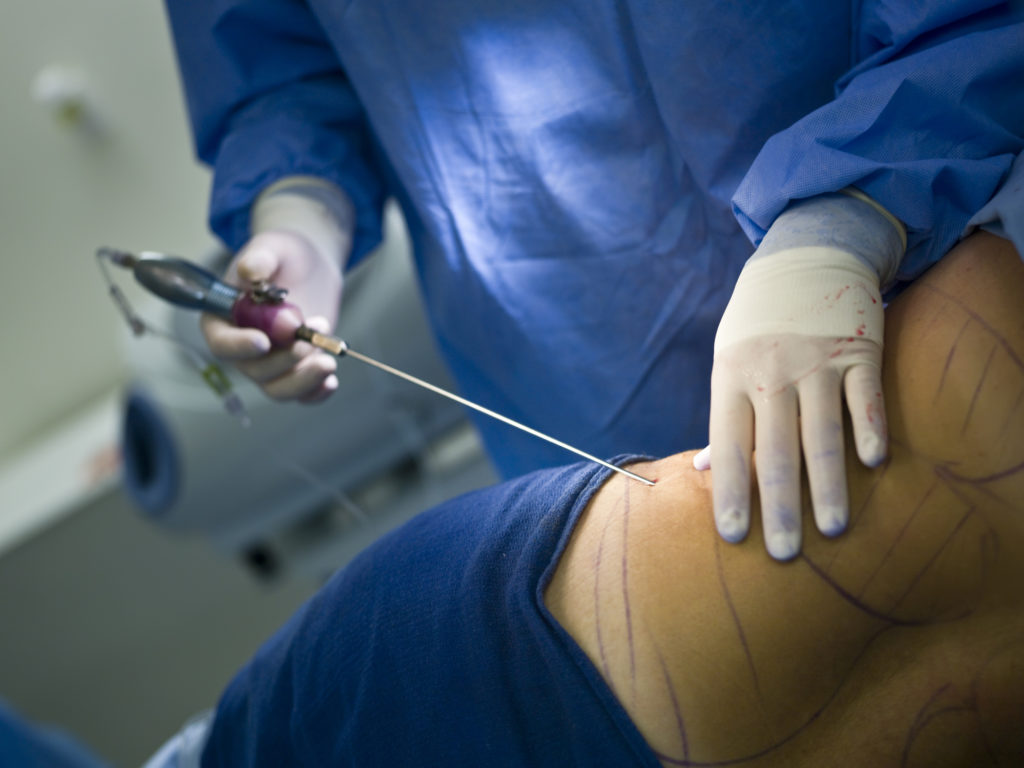
PAH is benign in nature and poses no known health risks, but the condition can be cosmetically unflattering and emotionally distressing for patients. Timely diagnosis is important for developing a treatment plan and maintaining positive expectations for the patient.
Generally, surgical liposuction is the treatment of choice for PAH. The patient should be referred to a board certified plastic surgeon who specializes in liposuction. The surgeon will discuss treating the affected area, along with any other stubborn fat areas too.
Not all patients choose to undergo surgery. Some instances of PAH may stabilize on their own, diminishing the need for surgical intervention. Regular follow-up visits are encouraged to track the patient’s course, with an understanding that liposuction may eventually be needed to address the problem.
It is NOT recommended to treat PAH with further cryolipolysis in the affected area, as theoretically this could exacerbate the condition. It’s unknown if other modalities for noninvasive fat reduction (such as laser therapy, HIFEM, ultrasound therapy, etc.) are safe or effective options for PAH.
Since introducing CoolSculpting to our practice in 2018, Bloom Health has delivered over 600 CoolSculpting treatments for patients. During this period, we have encountered one case of PAH affecting a Caucassian female in her 50s.
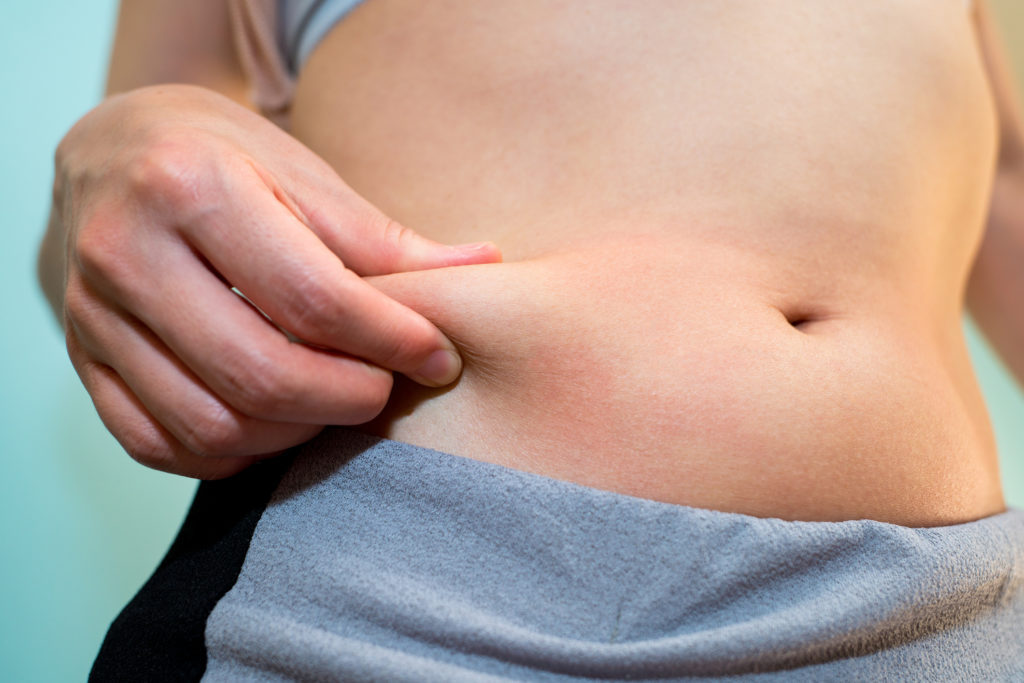
Case Summary: Our patient received two sessions of CoolSculpting over a 12 month period. Her abdomen, flanks, and sides were treated with a conventional approach using medium-sized CoolAdvantage applicators in an overlapping “diamond” pattern.
The patient tolerated treatment without difficulty. Skin contact and thermal cooling was satisfactory, and there were no freeze detection events recorded. The patient did not experience any unusual side effects following treatment, such as extensive bruising, swelling or hypersensitivity.
At her initial 2-month follow up, the patient was generally pleased with the results of treatment, and noted a more contoured look in her midsection and abdomen areas.
On extended follow up, we were notified by the patient of a small, persistent “bulge” that had developed over a single treatment site on her right upper abdomen. The patient described the bulge as being noticeable (especially with form-fitting clothes and in the mirror), but not unsightly or disfiguring.
On exam, the area was slightly protuberant and firm, and had a discrete boundary compared to the surrounding abdominal tissue. The area was not painful or tender, and there was no discoloration.
We identified the patient as having PAH in the right upper quadrant, likely as a result of her 1st or 2nd CoolSculpting session. We documented our findings and submitted a formal incident report to Allergan’s corporate medical team. Allergan committed to covering the cost of the patient’s corrective treatment.
The patient was referred to a local plastic surgeon who specializes in liposuction. However, she eventually chose NOT to receive surgical correction because the problem was just not bothersome enough for her to undergo surgery.
CoolSculpting is a unique, one-of-a-kind treatment that delivers safe and pleasing results for most patients. As with any medical treatment, there are inherent risks. PAH remains an important consideration for anyone thinking about undergoing CoolSculpting treatment.
For many, the possibility of developing PAH after CoolSculpting is a minimal and acceptable risk. Many patients feel reassured knowing that PAH is a treatable condition if it occurs, using surgical liposuction. For others, the risk of developing PAH isn’t an acceptable one. Surgical liposuction (which includes its own set of risks) may be a more desirable option for these patients.
You should have a detailed discussion with your CoolSculpting provider about PAH before undergoing treatment. Ask your provider if they have had any patients that developed PAH. What was the patient’s experience like? What steps were taken to address the problem?
Learn more about CoolSculpting treatment and paradoxical adipose hyperplasia. Reserve an appointment at Bloom Health with one of our bodysculpting experts to discuss your treatment options. We proudly serve the Metro Detroit & Southeast Michigan areas.
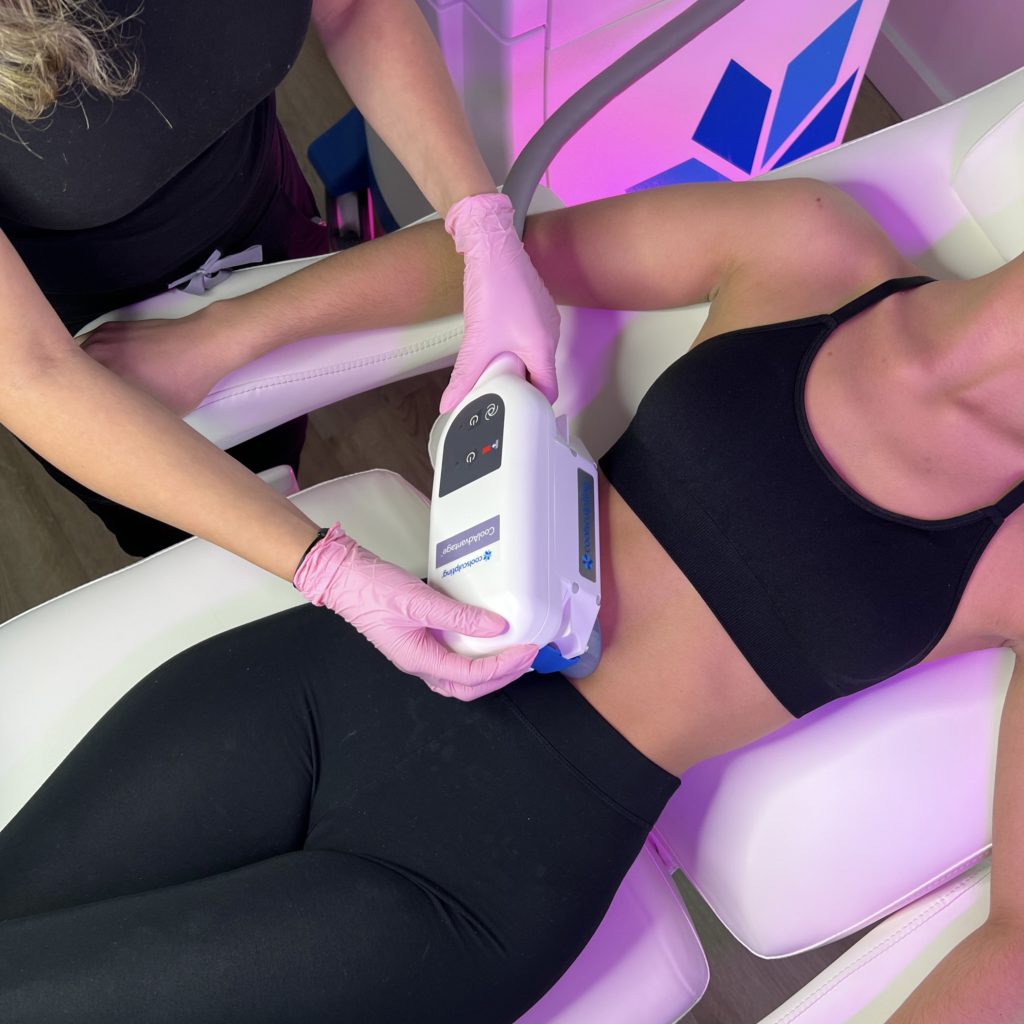

Dr. Crawford is a board certified medical physician with a special interest in guiding patients to their full health potential, combining aesthetic and medical wellness. He has extensive experience in the acute care and aesthetic settings.

PAH usually presents as an enlarged bulge in the treatment area, and is firm or dense when compared to surrounding tissue.

HydraFacial Booster Serums typically include ingredients such as Vitamin C, Hyaluronic Acid, Tranexamic Acid, Glycolic Acid, Retinol, designed for maximum glow potential.
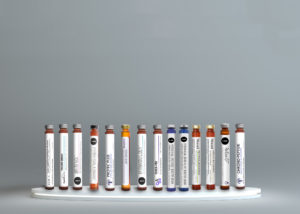
HydraFacial Booster Serums typically include ingredients such as Vitamin C, Hyaluronic Acid, Tranexamic Acid, Glycolic Acid, Retinol, designed for maximum glow potential.
2527 S Telegraph Rd
Bloomfield Hills, MI 48302
© Bloom Health 2025
All Rights Reserved